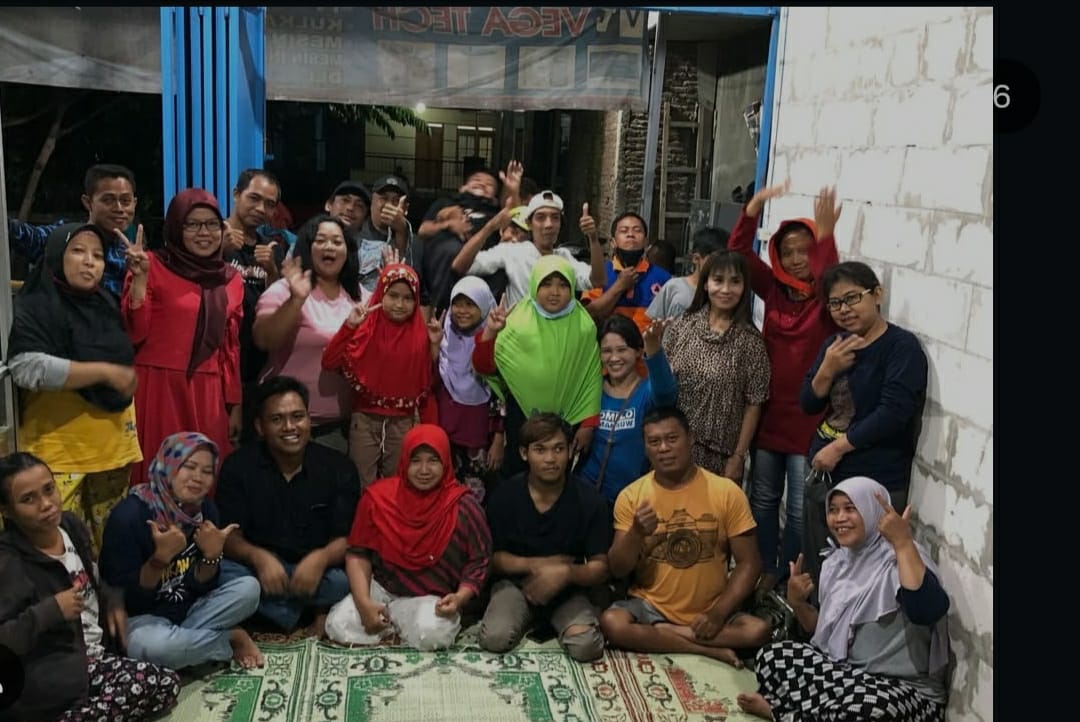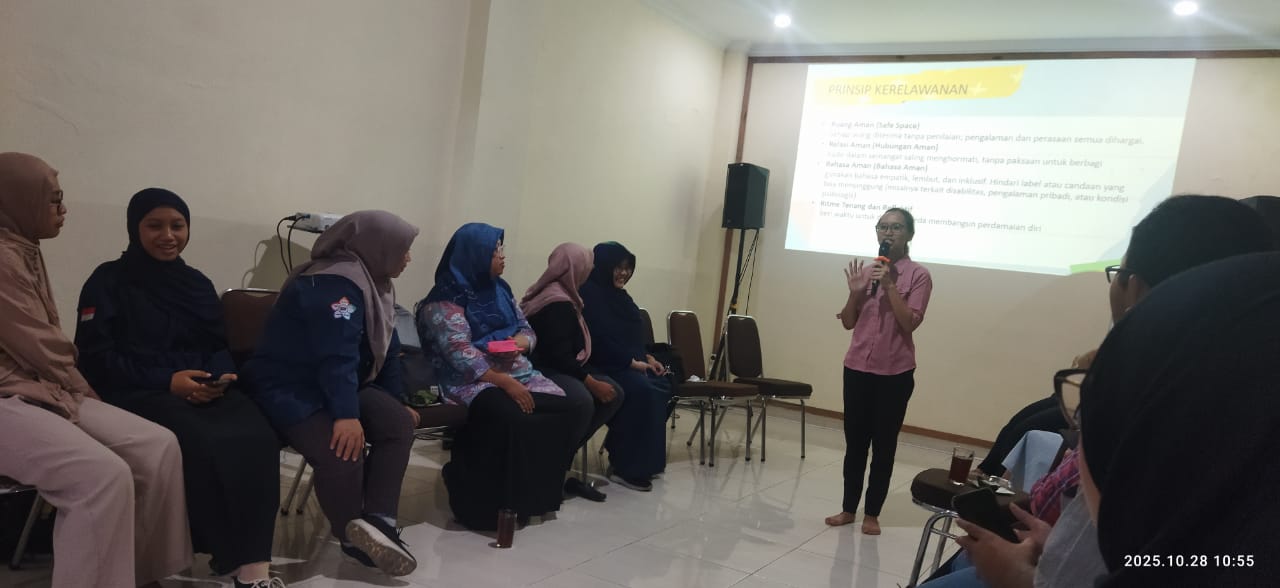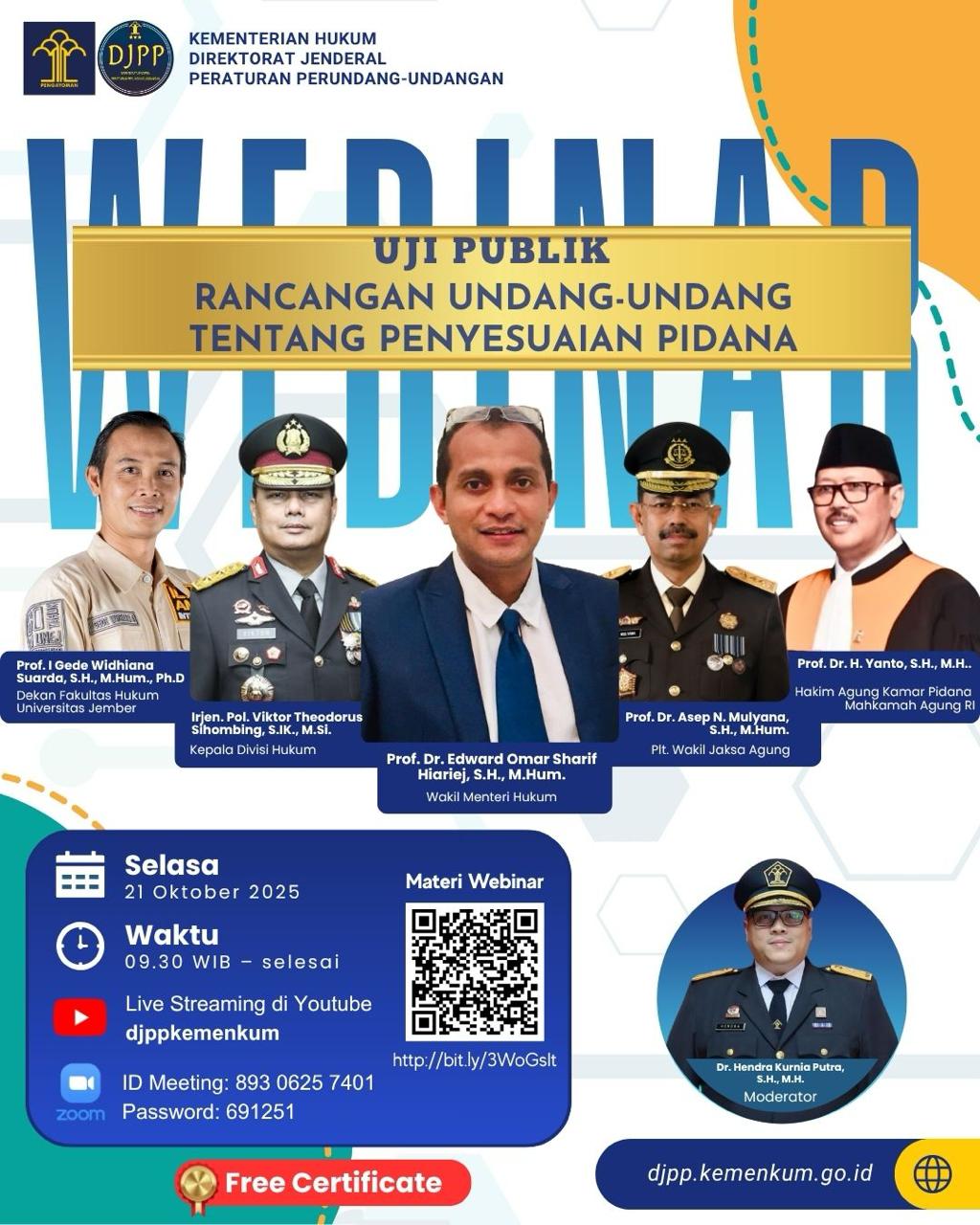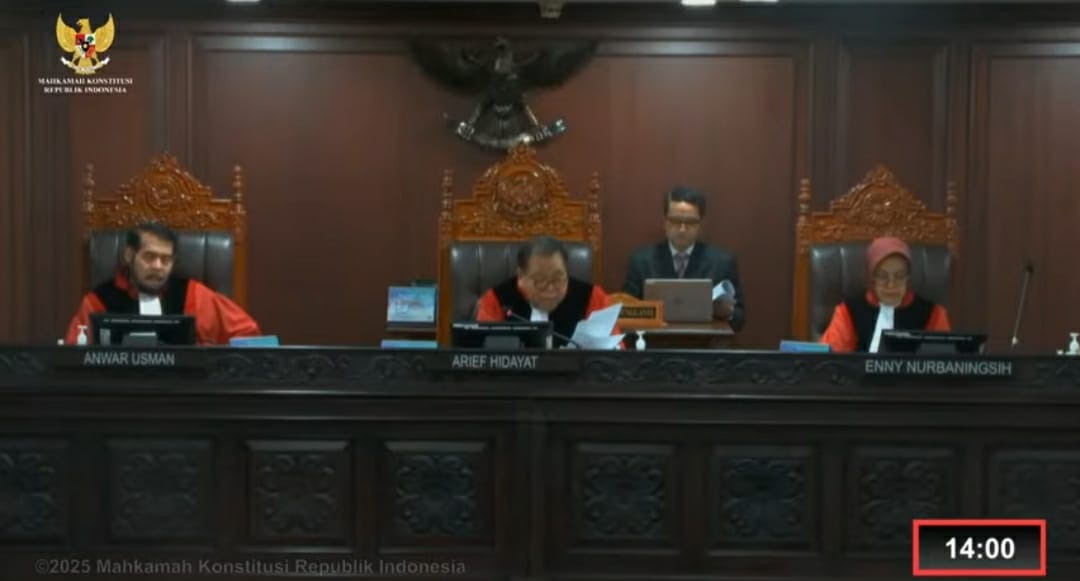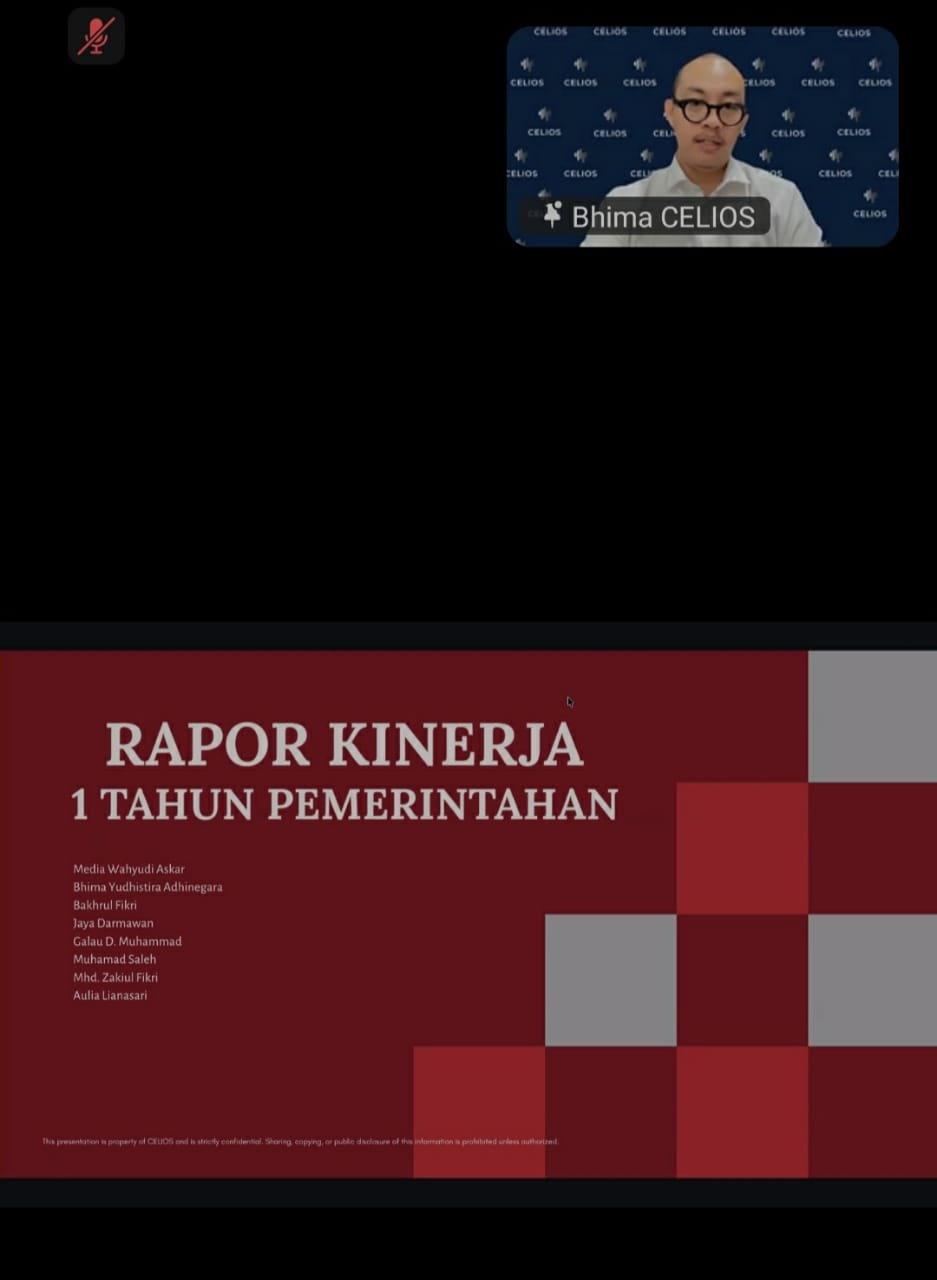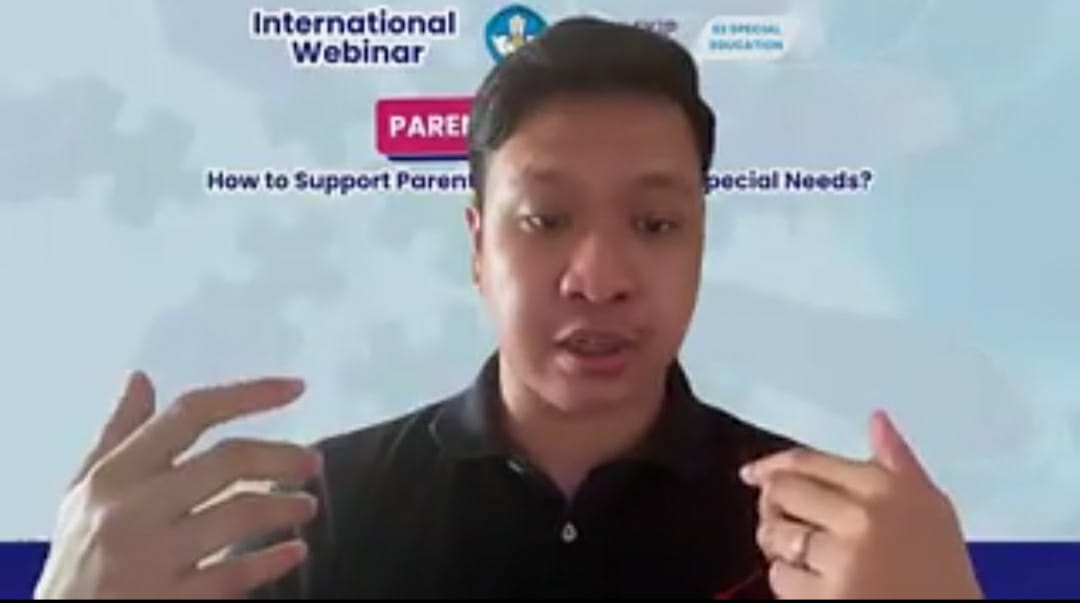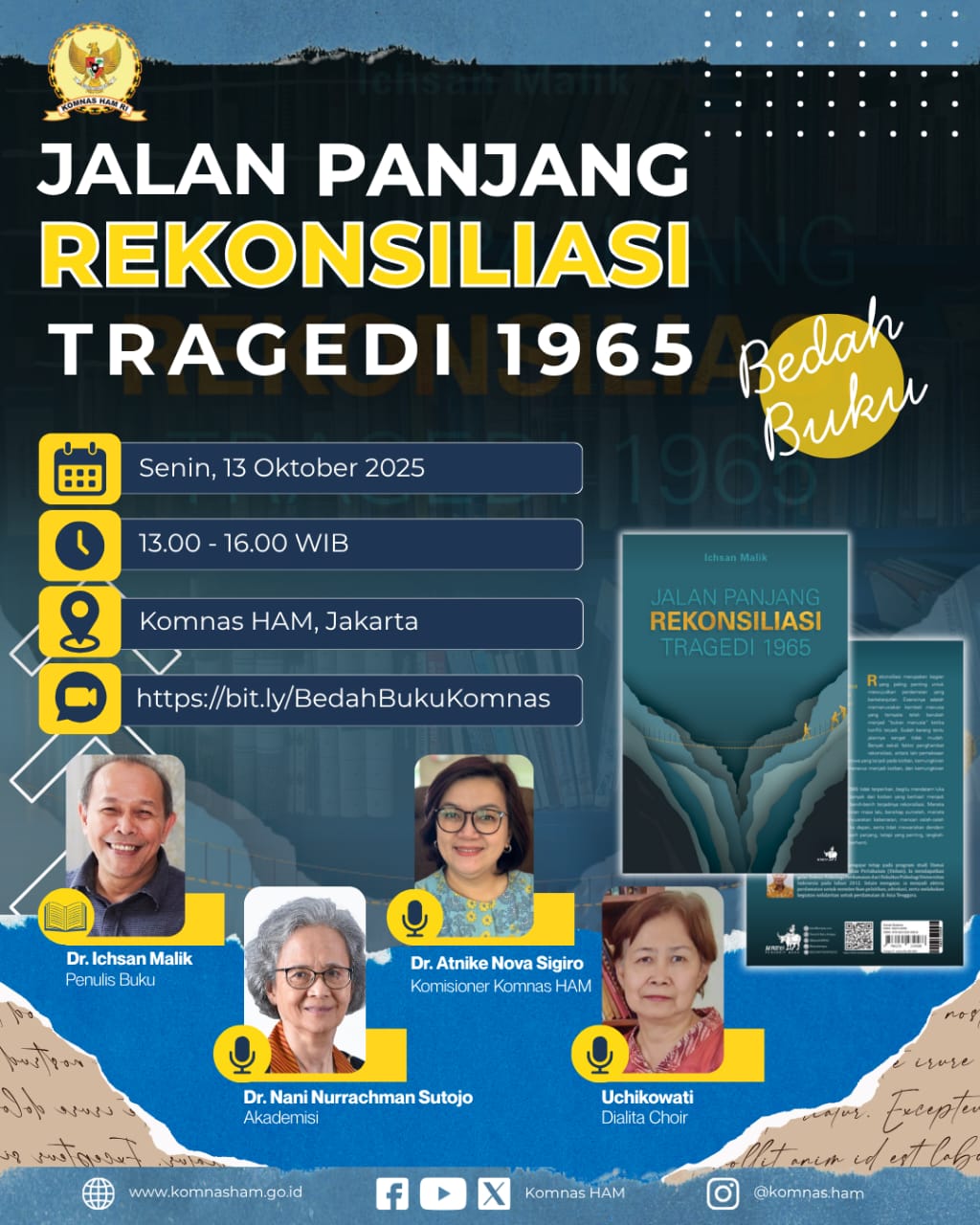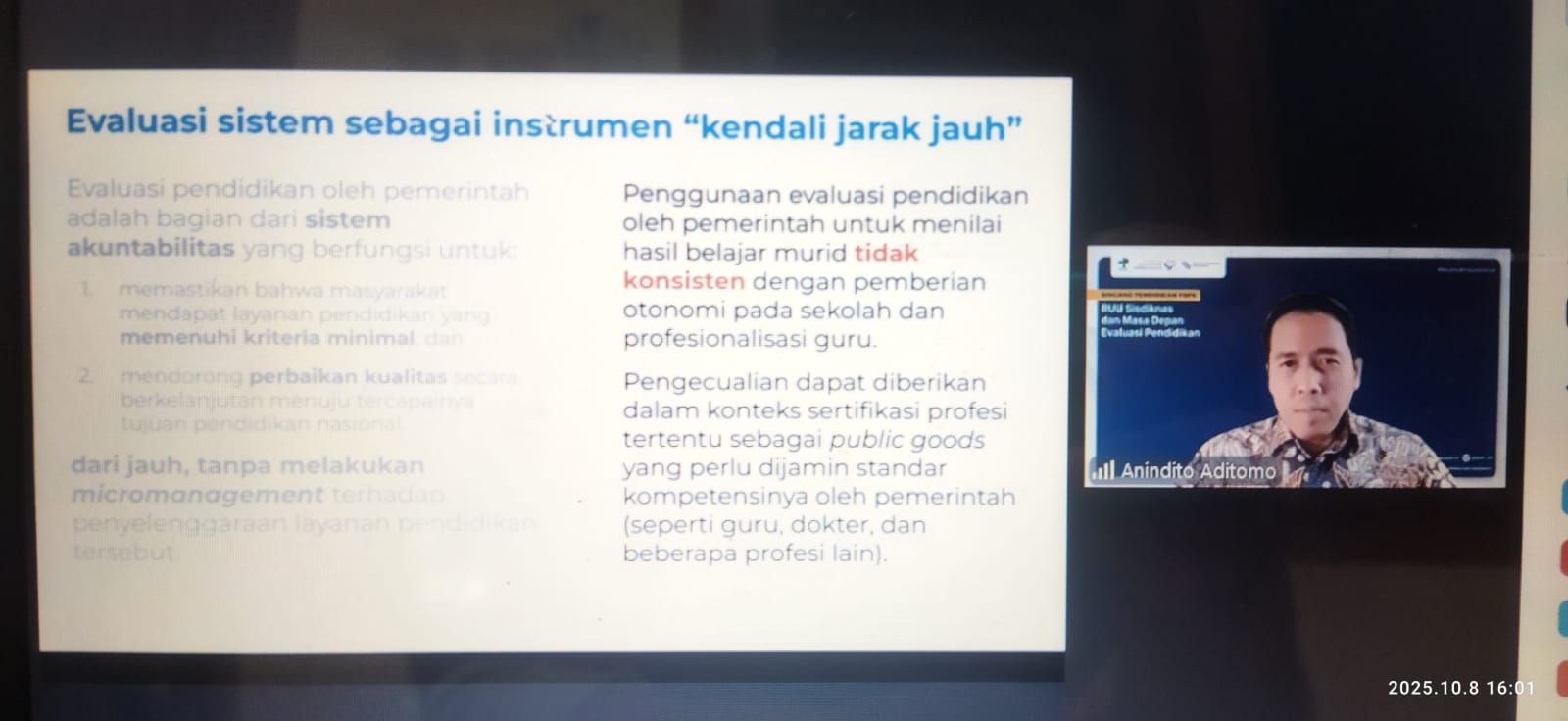Climate change is a key global issue. Increasing carbon emission from large-scale activities such as mining industry, plantation, livestock breeding, and use of fossil fuel cause increase in earth temperature.
This is the reason why the Christian Community for Disaster Management Network in Indonesia sets up this hybrid discussion, in order to look at positive experiences in addressing climate change on Wednesday (25/6). Leading the discussion today, Sahat talks about what success is, which is not only about looking for successful stories but more importantly about how to reduce the negative impacts. Sahat adds that lessons may be replicated and adjusted to the specific areas where people live. A vital note is how the gap between the two may be mitigated and commitment and what to do for adaptation.
A representative of Christian Community for Disaster Management Network in Indonesia (Jakomkris PBI), Banu Subagyosays that he went to Papua a few months ago, and saw significant differences when rain continues to fall even in the dry season that led to changes particularly in crops grown there. The planting season has moved and not correlate anymore with the calendar.
Banu talks about the Old City of Semarang, which used to be beautiful and yet now is threatened by flood. In Jakarta, the Old City tourism area is under threat as well. In the mountain regions of Indonesia, there is most massive forest destruction in the world. This indicates the vital importance of water catchment. Harvest failure is another threat, as seasons become irregular, resulting in unpredictable planting season. This leads to a decrease in agricultural productivity. In essence, it is all connected to more flood and more abrasion of fishing areas.
The second nte is specifically about health, as earth temperature rises, bacteria and viruses may pose new health threats. Budget will be eaten up for emergency , and economically there will be impoverishment particularly amongst young people and there will need to be migration after disaster as relocation does not prove successful. The next thing would be increasing social conflict, and havoc within the education system that would unsettle the learning process.
In 2023, most area in a small island nation – Maldives – will disappear under water as sea water rises. If things get worse, 80% of Maldives will not be accessible as most of its area will be under water.
The third is the role of the Church in joint tree planting and environmental conservation. The government program is opening forest in South Papua, which is evident in Merauke with the opening of millions of hectare of forest land. So what are the impacts? One obvious note is that people are doing water resource conservation and drilling, which is essentially done to collect water. A number of churches and traditional groups share their experience in tree planting. Tree planting has been going on since 2022 as a means to conserve water resources after people conducted drilling a number of times.
People detect area with water resources, but they do not last long. The focus should have shifted from drawing water to saving water. This is done by constructing water tanks to collect rain water whether it is at household- or communal scale.
Colleagues at Toraja Church have social agriculture in order to make the best use of rain water.
A member of RPK (Christian Service Organisations in East Nusa Tenggara), Haris Oematan from Cis Timor informs that there are many participating organisations on the islands including his organisation. This organization covers amongst others the eastern landmass of Flores Island. Haris tells about women leadership in climate change adaptation. Climate change has its biggest impact on vulnerable groups, and one horizontal group heavily impacted is women’s group, which one can see in the impacts of climate change on women’s organisations that work with CIS Timor on promoting empowerment for poor women to climate change adaptation. “We have five missions – how people live a peaceful and just life, how people are resilient to disaster risks and how people live in economic environment and climate change threats through mitigation,” says Haris. He adds that all people have access to health care and education, and all men and women are living in an equal culture and not in a culture of violence.
What does CIS Timor do for climate change adaptation? There are five key sectors - first, food cultivation and food resilient, second, water resource management, third: environmental school as community organizing technique, fourth: civil society organization resilience, and fifth: economic resilience. Actions on the first sector include creating lesson learned and replication through sustainable agriculture and water conservation because it tends to be dry in East Nusa Tenggara.
People plant not by digging pits in soil, but by using pots as planting media. This is a solution for areas facing water crisis. It can also dampen the urge for shifting cultivation, or culture of slash-and-burn, which local people call shifting pits.” Thus, adults only move houses, within the same area, and we have done this in this program,” explains Haris.
Second, the focus of the women group(s) is to plan fruit trees - guava, banana, and spices (i.e. ginger, and other spices). They are aware of the high price that fruit can fetch in the market – i.e. durian which can sell for Rp. 200,000 to Rp. 300,000 per piece. So they decide to do conservation by planting fruit trees such as jackfruit. They may be aware that in the long-term, there might be challenges in terms of climate in East Nusa Tenggara, but this year there is so much rain. Note: The climate condition may vary each year though, and CIS Timor encourages people to grow tamarind.
Sahat talks about local and global mitigation actions. What Haris does is mitigation and adaptation, as well as increasing the number in each area. The resource person reveals that many measures have been done, whether from a technical point of view or treatment. What are the responses, and how did the two organisations do those measures. The government has also did it on a number of occasions by for example engaging communities or villages for the program. (Ast)








